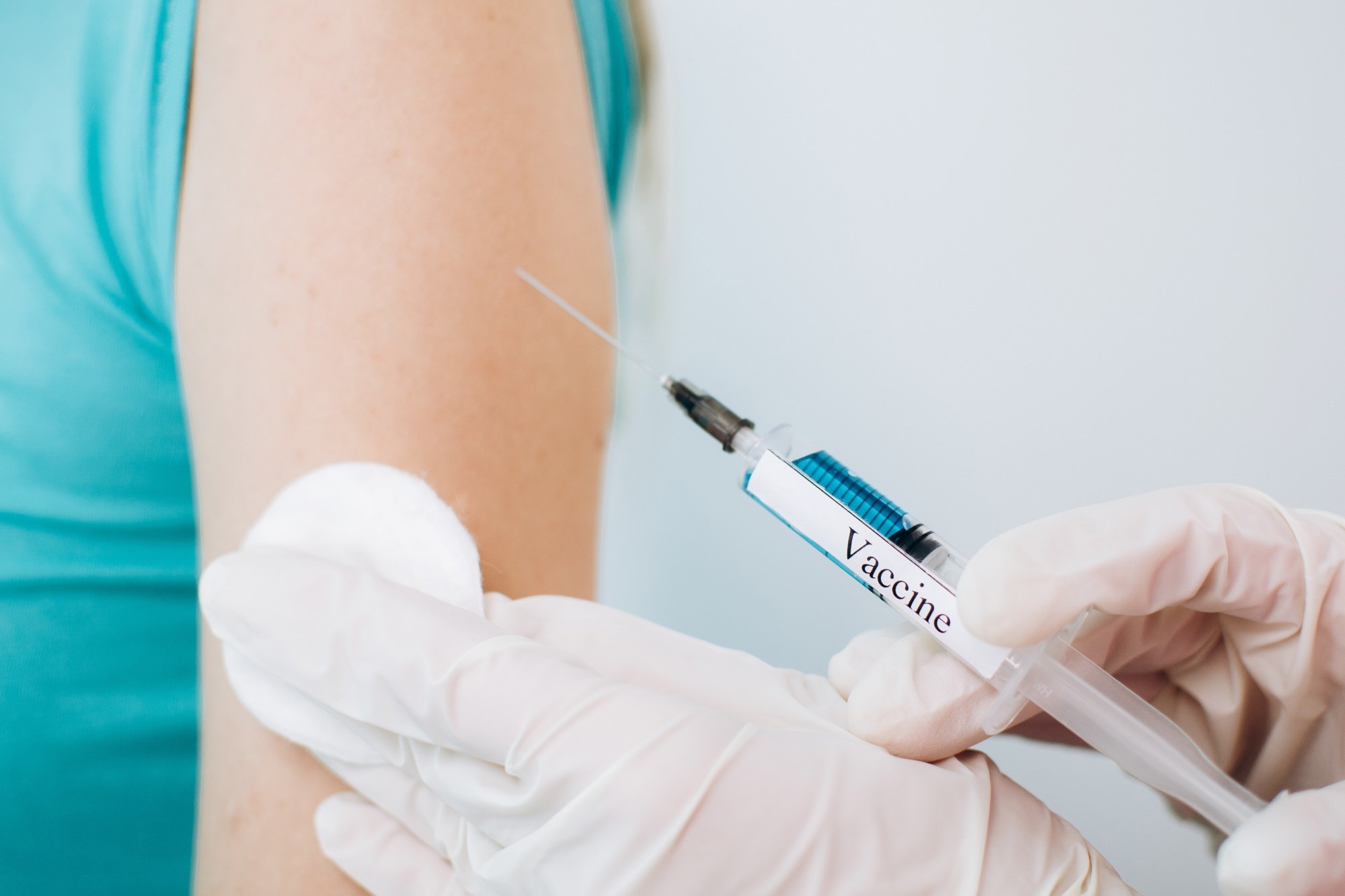In a recent study published in Pediatrics, researchers estimated messenger ribonucleic acid (mRNA) coronavirus disease 2019 (COVID-19) vaccine effectiveness (VE) against severe acute respiratory syndrome coronavirus 2 (SARS-CoV-2) infections among Sicilian adolescents.
 Study: Effectiveness of mRNA COVID-19 Vaccines in Adolescents Over 6 Months. Image Credit: Nastasia-photo/Shutterstock
Study: Effectiveness of mRNA COVID-19 Vaccines in Adolescents Over 6 Months. Image Credit: Nastasia-photo/Shutterstock
From June 4 2021 onwards, adolescents were administered COVID-19 vaccines to curtail SARS-CoV-2 transmission in Italy. Clinical trials have been conducted to evaluate mRNA COVID-19 VE among adolescents; however, data on real-world VC are limited. While some studies have reported lower COVID-19 severity outcomes, such as hospitalizations and deaths among adolescents and children, contrasting findings have been reported in other studies, especially among adolescents with comorbid conditions.
About the study
In the present retrospective cohort study, researchers estimated COVID-19 mRNA VE against variably severe SARS- CoV-2 infections among Sicilian adolescents between July 15 and December 31 2021.
The study comprised 12- to 18-year-old adolescents who resided in Sicily. Data on demographics, vaccination status, and vaccine type were provided by the national statistics institute of Italy and two registries of electronic health records maintained by the health office of Sicily (under the ministry of health of Italy).
COVID-19 outcomes were compared between adolescents who received double mRNA vaccinations and unvaccinated adolescents. Multivariable cox regression models with data adjustments for sex and age were used for the analysis, and the adjusted hazard ratios (adj-HR) were calculated. COVID-19 was diagnosed by real-time RT-PCR (reverse transcription-polymerase chain reaction) from nasopharyngeal swab samples of the participants.
Cases (SARS-CoV-2-positive individuals) were classified into mild SARS-CoV-2 infection group or severe SARS-CoV-2 infection group based on the Italian national COVID-19 classification criteria as follows: Mild SARS-CoV-2 infections comprised those cases with respiratory or other clinical manifestations not requiring hospitalization; Severe SARS-CoV-2 infections comprised cases with respiratory and/or other clinical manifestations requiring hospitalization or ICU (intensive care unit) admissions.
Individuals were excluded from the analysis if they received viral-vector SARS-CoV-2 vaccines, had a positive COVID-19 RT-PCR report before the commencement of the study, and were administered the second vaccination before July 8, 2021. For evaluating VE against covid-19, the person-time SARS-CoV-2 exposure of every participant was assessed based on the status of COVID-19 vaccinations and prior COVID-19 history.
Results and discussion
In total, 274,782 adolescents residing in Sicily (male: female ratio 1.1) were considered for the analysis, of which 61% (n=168,633) had received double mRNA COVID-19 vaccinations before the completion of the study period. Most adolescents (73%, n=122,919) received double mRNA vaccinations between August and October 2021.
Unvaccinated adolescents showed greater incidence rates of SARS-CoV-2 infections (1,043×10,000 versus. 159×10,000 adolescents), mild SARS-CoV-2 infections (28×10,000 versus 1.8×10,000 adolescents) and severe SARS-CoV-2 infections (1.4×10,000 versus zero adolescents) in comparison to the vaccinated population.
The estimated VE values against SARS-CoV-2 infections, mild SARS-CoV-2 infections, and severe SARS-CoV-2 infections were 71%, 92%, and 98%, respectively. At follow-up, 13,747 cases of SARS-CoV-2 infections (500×10,000 of all study participants) were identified, with initial and subsequent peak incidences in August and December, respectively, with the subsequent incidence rate greater than that of the initial incidence rate.
COVID-19 mRNA vaccinations conferred significant immune protection against SARS-CoV-2 infections, mild SARS-CoV-2 infections, and severe SARS-CoV-2 infections with adj-HR values of 0.3,0.1 and 0.02, respectively. The probability of developing SARS-CoV-2 infections of varying severity was significantly greater among elder adolescents and SARS-CoV-2 incidence rates were greater among unvaccinated adolescents compared to vaccinated adolescents. Higher SARS-CoV-2 incidence among elder adolescents could be due to the social behavioral patterns among adolescents aged 15 to 18 that may facilitate SARS-CoV-2 transmission.
Overall, the study findings showed that mRNA COVID-19 vaccines effectively protected adolescents from SARS-CoV-2 infections of varying severity and that SARS-CoV-2 incidence rates increased with age. The findings underscore the importance of mRNA COVID-19 vaccinations among adolescents and can aid in guiding adolescent healthcare policies.
Study limitations
The study had several limitations such as (i) SARS-CoV-2 variant-wise VE was not assessed, although data corresponded mostly to VE against the SARS-CoV-2 Delta variant and from November 2021 onwards, against the SARS-CoV-2 Omicron variant, (ii) the impact of comorbid conditions, lifestyle factors, and general factors that increase COVID-19 risks were not considered, (iii) the ethnicity of the participating adolescents were not taken into account and (iv) the safety profiles of COVID-19 mRNA vaccinations were not considered in the present study.